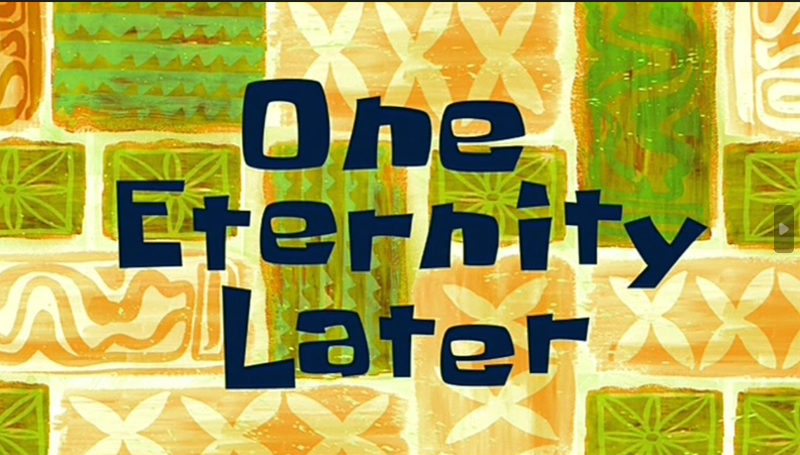Ancient sculptures are always quietly displayed in art museums, classic and timeless. People often marvel at their craftsmanship and long history. However, these sculptures are labeled as "classics" and stored in the corner of our memory the moment we step out of the museum. Imagine reshaping these classic statues to make them break free from their showcases and, once again, retro-avant-garde.
To realize this, we prepare the classic statue as the "field condition" and then apply some function to it for re-creation.

We picked the curl-noise function, which is the curl function of a purlin noise. As the purlin noise can generate bright and dark values in an image, it can also be used to create directions. It generates vectors pointing in different directions. In the purlin vector noise field, where many vectors point in different directions, the contents of each cell in that field will be calculated to rotate in a certain way following the vectors. In this way, contents like particles may simulate the liquid effect.

In Houdini, we applied this function to our field condition —— Winged Victory of Samothrace. Few more steps need to be taken to tranfrom the pixel based function to voxel-based:
1. Use the curl noise as the velocity vectors.
2. Iterate through all the voxels of the model and map the vectors to every voxel.
3. Adjust amplitudes to restrain the moving voxel within the model shape.
4. Recording the trials of the moving voxels.

After the trials, we can get the final result. Then we generate the basic geometry given the voxels' trails. Once we have the basic geometry, we can use the offset tool to create the final model.


Finally, we can get the final result. Ready for print! :)

Yeah, we can start sanding and get a perfect finishing! Starting with P220 sanding paper...

Let's continue 320... 400... 600... 1500...


